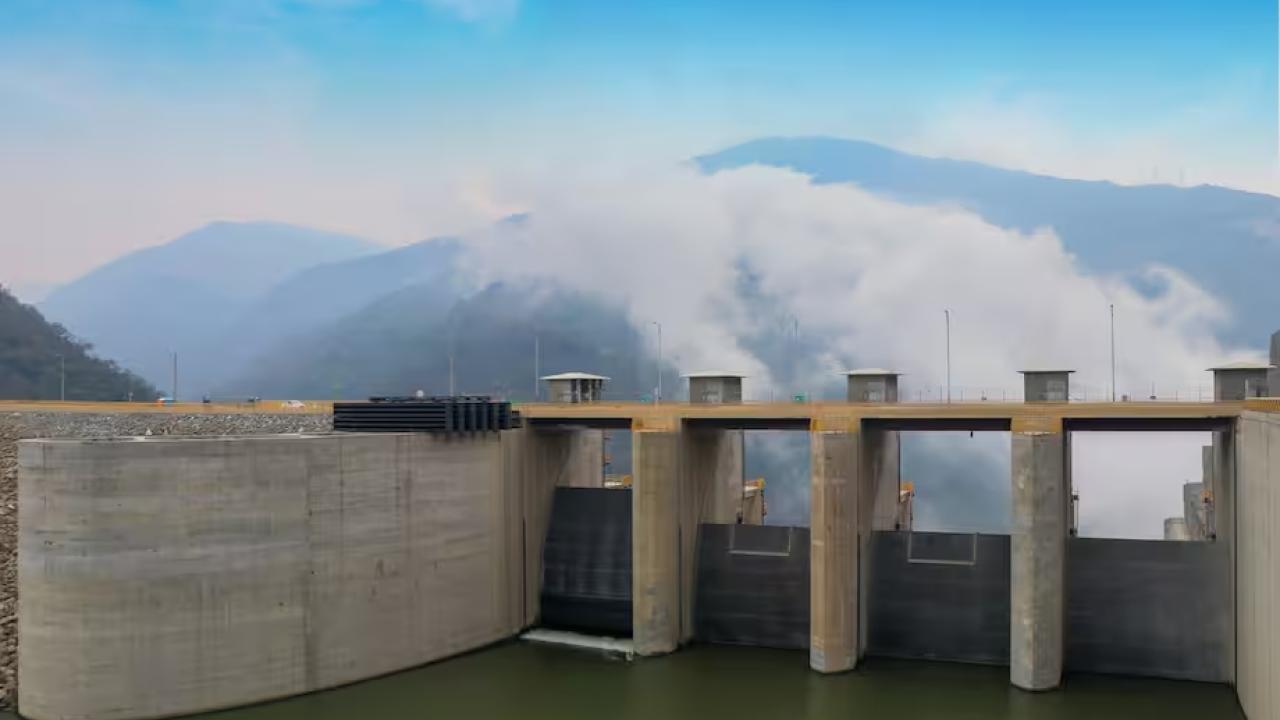
XM's latest report indicates that the useful levels of the reservoirs are at 51.87%. The Ministry of Mines and Energy of Colombia has issued a statement on this situation.
After a considerable recovery following the strongest impact of the El Niño phenomenon, energy reservoirs in Colombia are once again registering losses.
XM's latest report indicates that, as of September 12, the useful levels of the reservoirs reached 51.87%, which translates into a loss of 0.35 percentage points compared to the previous day. Contributions to the system were counted at 44.69% per day and 59.66% on average.
Looking at the fast-forward motion of the last month, the average decline in the reservoirs has been 6.31%, since on August 12 of this year the levels were at 58.18%. Contributions to the system were 74.30% day and 76.87%.
To put these figures into perspective, it should be noted that the highest point in recent months was reached on July 7, which was just over 60%; while the lowest point was 28.65%, which was recorded on April 19 (when El Niño was hitting hard).
Although there were expectations that La Niña (which, unlike El Niño, is characterized by greater frequency and intensity of rainfall) would mitigate this problem, it has been found that its impact this year will not be as significant as expected.
XM's latest report also shows that energy demand in Colombia, as of September 10, was 240.67 GWh, which translates into an increase of 2.7% compared to the previous day, as well as 6.1% above the consolidated figure for August 12 (although being objective, the graph for the last month shows ups and downs in this regard).
The call continues to be for more measured consumption, understanding the importance of taking care of energy and water resources (because in cities like Bogotá, with reservoirs intended for consumption, new rationing strategies are already being discussed).
Regarding this, according to statements collected by the Colombian newspaper La República, the Ministry of Mines and Energy has said that at no time has the electrical system been at risk, so there is sufficient supply to meet demand.
During the drought periods recorded this year, it was stated that the lowest level that reservoirs could reach to be considered critical was 27%. Although the current figure is far from the aforementioned threshold, it is true that the decline in reservoir levels is a fact that should at least be taken into account.










